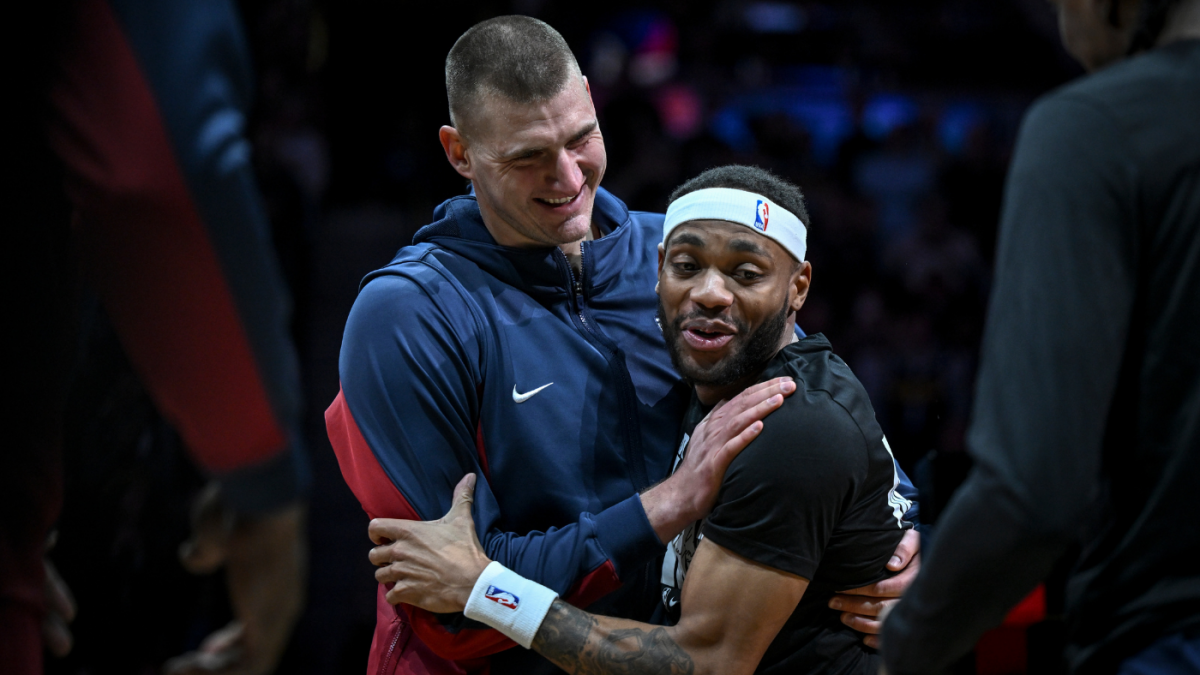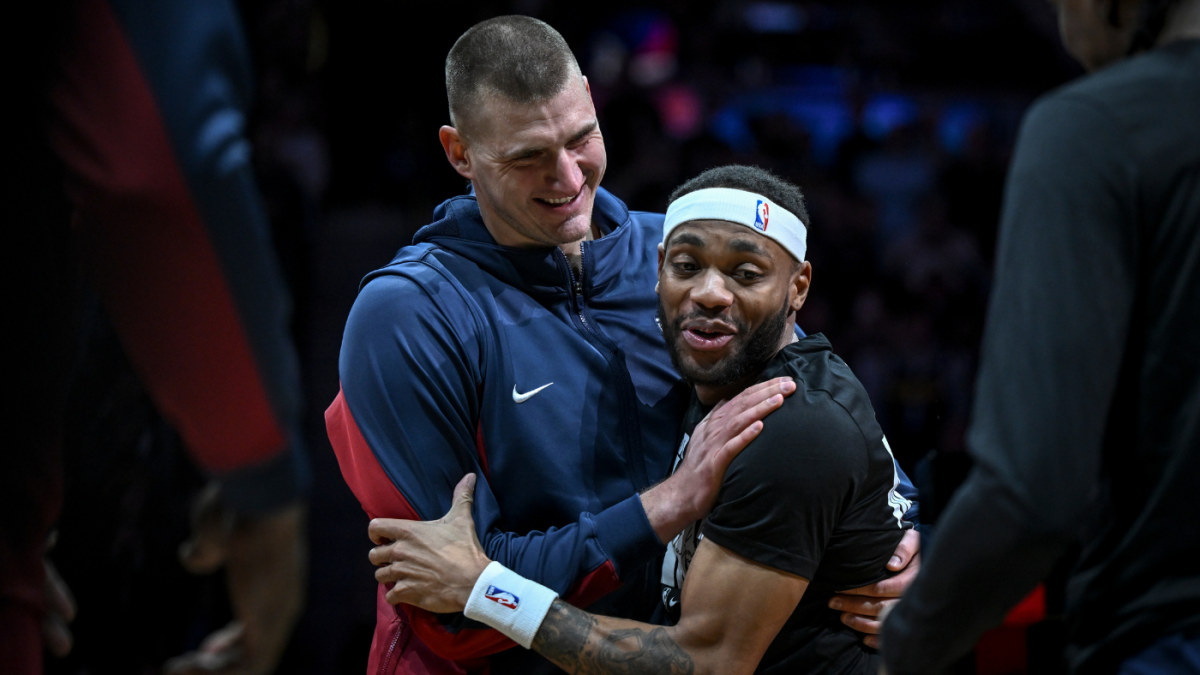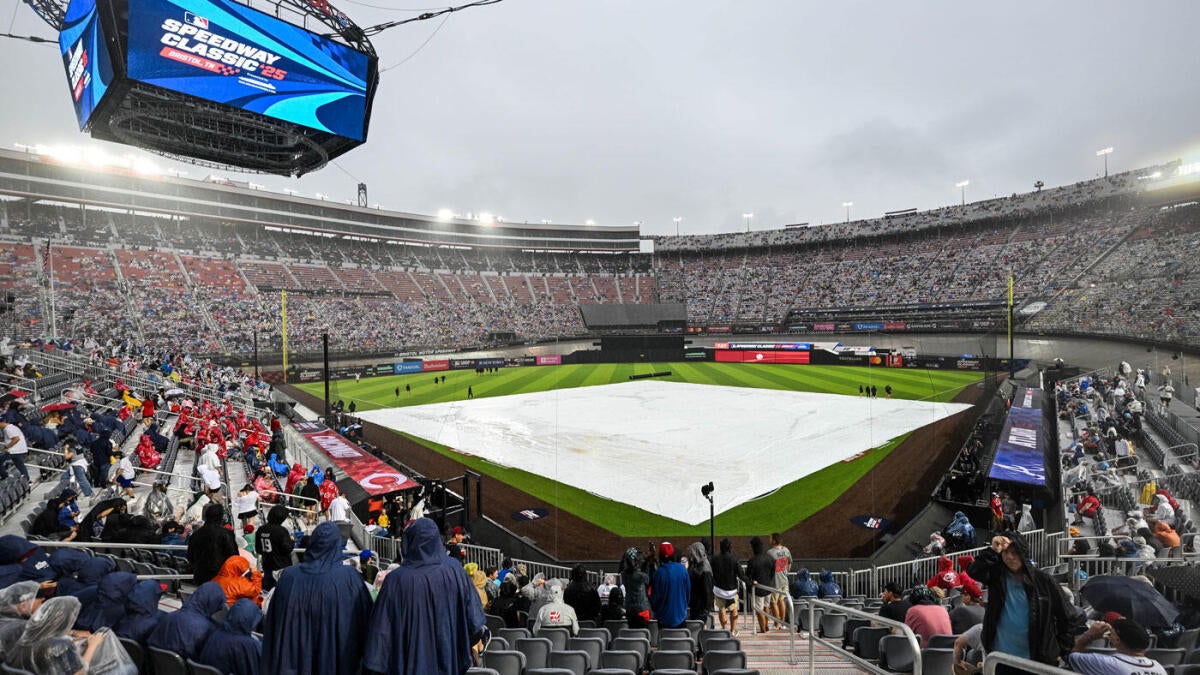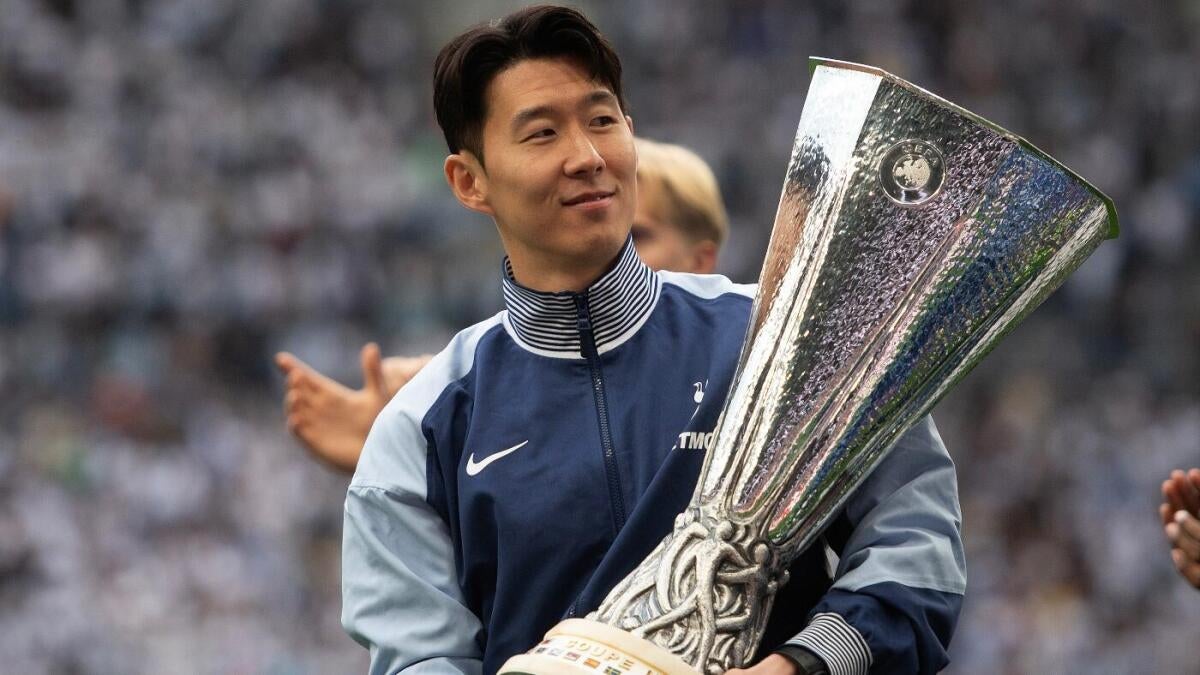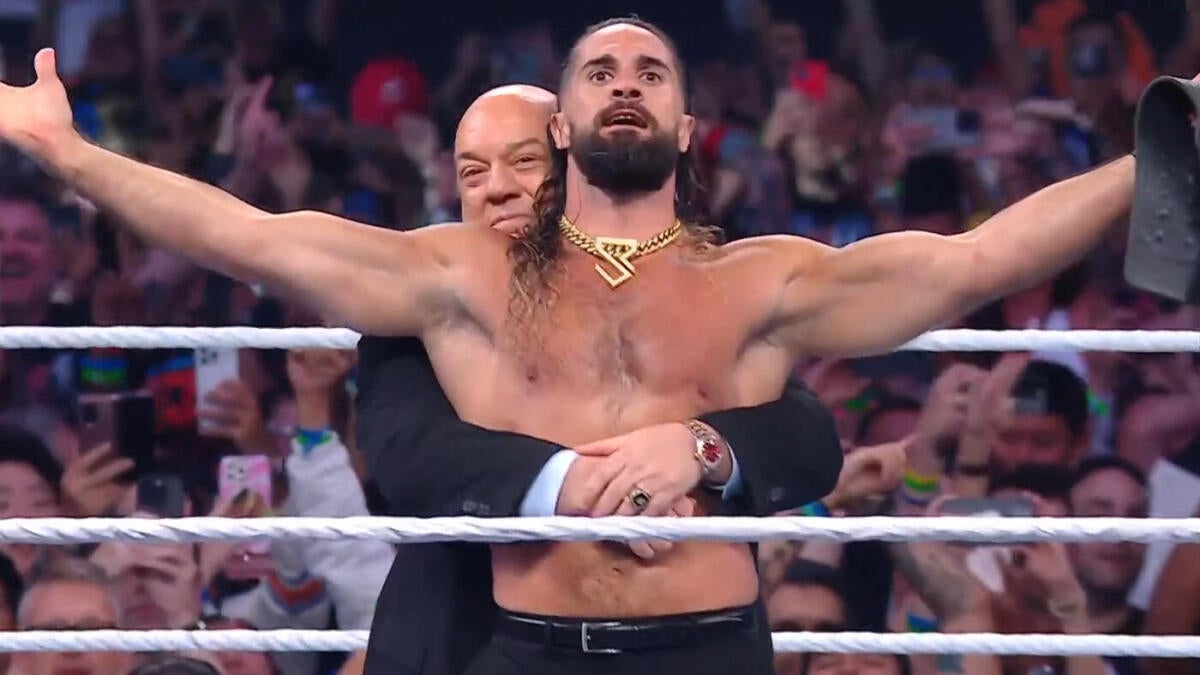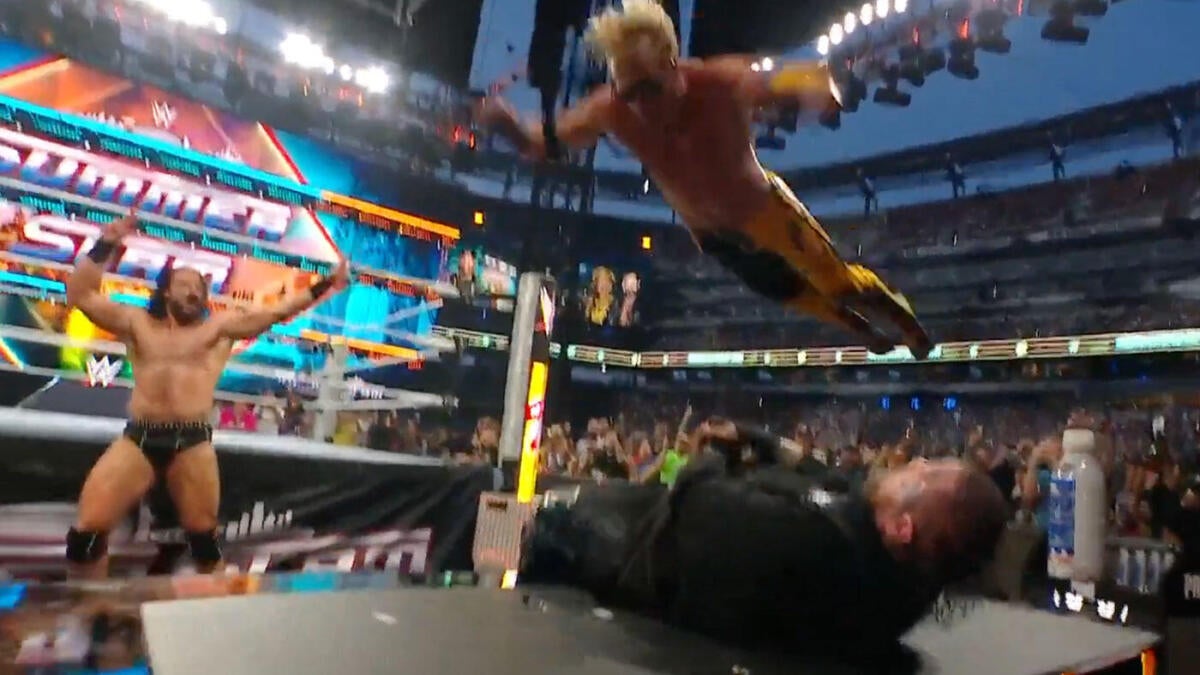The Denver Nuggets’ 2025 offseason was a masterclass in navigating the complexities of the NBA’s salary cap while maintaining a championship-caliber roster. Fresh off a second-round playoff exit, the team faced significant financial challenges, particularly in retaining key players and addressing roster needs without falling into the dreaded “salary cap hell.” The first 24 hours of free agency were pivotal, showcasing the Nuggets’ strategic maneuvering to reload their roster while staying financially responsible.
The Post-Championship Hangover and Financial Realities
Following their championship run, the Nuggets were confronted with the harsh realities of the NBA’s financial landscape. Retaining a championship-caliber roster is notoriously difficult, and the Nuggets were no exception. The rising salaries of Nikola Jokić and Jamal Murray, coupled with the need to address other roster needs, created a complex puzzle for General Manager Calvin Booth and his staff.
The departure of key role players, such as Kentavious Caldwell-Pope and Bruce Brown, highlighted the salary cap constraints. The Nuggets’ inability to match offers from other teams underscored the financial limitations they faced. Losing these valuable contributors threatened to diminish the team’s depth and defensive capabilities, potentially jeopardizing their chances of contending for another title. The Nuggets had to carefully balance the need to retain key players with the financial realities of the league, a delicate act that required strategic planning and shrewd decision-making.
Reloading Through Strategic Signings
Despite the departures, the Nuggets demonstrated remarkable agility in the free agency market. Recognizing the need to fill the voids left by Caldwell-Pope and Brown, they targeted players who could provide complementary skills and fit within their budget. The Nuggets primarily focused on utilizing the taxpayer mid-level exception and veteran minimum contracts to acquire talent. This approach allowed them to add depth without significantly impacting their salary cap situation.
The possibility of a reunion with Bruce Brown was explored, but ultimately, the Nuggets opted for other options that aligned with their financial strategy and roster needs. The team’s ability to identify undervalued talent and make strategic signings was crucial in maintaining their competitiveness. The Nuggets’ offseason moves highlighted the importance of sound salary cap management in the NBA, as teams must carefully balance the desire to acquire and retain talent with the financial realities of the league.
Key Roster Decisions and Contract Extensions
Beyond free agency acquisitions, the Nuggets also focused on securing their core players for the long term. Extending the contracts of Nikola Jokić and Jamal Murray was paramount to their continued success. These extensions ensured that the Nuggets would have their star duo locked in for the foreseeable future, providing a foundation for sustained competitiveness.
The Nuggets also had to consider extensions for young players like Christian Braun and Peyton Watson. These decisions required careful evaluation of their potential and how they fit into the team’s long-term plans. Balancing the need to retain promising talent with the constraints of the salary cap was a delicate act. The Nuggets’ ability to make strategic decisions regarding contract extensions demonstrated their commitment to building a sustainable contender.
Salary Cap Dynamics and Financial Constraints
Understanding the Nuggets’ salary cap situation requires a closer look at their payroll structure. Nikola Jokić’s massive contract, exceeding \$47 million for the 2023-24 season alone, significantly impacted their financial flexibility. Jamal Murray’s max contract extension further solidified their commitment to their star duo but also limited their ability to make major additions to the roster.
The Nuggets had to navigate the complexities of the luxury tax, which imposes significant financial penalties on teams that exceed the salary cap. Avoiding the luxury tax while maintaining a competitive roster required shrewd decision-making and a willingness to explore creative solutions. The Nuggets’ ability to manage their salary cap effectively was crucial in maintaining their competitiveness in the Western Conference.
The Impact on Team Chemistry and On-Court Performance
The Nuggets’ offseason moves had a direct impact on the team’s chemistry and on-court performance. Losing key players like Caldwell-Pope and Brown undoubtedly affected the team’s defensive capabilities and overall depth. However, the Nuggets’ strategic signings and the continued development of their young players helped to mitigate these losses. The addition of players who complement Jokić and Murray’s skills could potentially unlock new offensive dimensions and create more scoring opportunities.
The Nuggets’ ability to maintain team chemistry and on-court performance despite roster changes highlighted the importance of fostering a strong team culture. The team’s commitment to developing young players and integrating new signings seamlessly was crucial in maintaining their competitiveness. The Nuggets’ offseason moves demonstrated that building a contender isn’t just about acquiring superstars; it’s about shrewd financial planning, identifying undervalued talent, and fostering a team culture where every player contributes.
Lessons Learned: From Payroll to Parity
The Nuggets’ experience highlights the importance of sound salary cap management in the NBA. Teams must carefully balance the desire to acquire and retain talent with the financial realities of the league. Poor salary cap management can lead to the departure of key players, hindering a team’s ability to compete for championships. The Nuggets’ ability to reload their roster and escape salary cap hell demonstrates the importance of strategic planning, shrewd decision-making, and a willingness to adapt to the ever-changing landscape of the NBA.
The Nuggets’ offseason moves served as a masterclass in NBA roster management. They stared into the abyss of the salary cap and emerged, not unscathed, but certainly not defeated. The team’s ability to navigate the complexities of the salary cap while maintaining a championship-caliber roster highlighted the importance of sound financial planning and strategic decision-making. The Nuggets’ offseason moves demonstrated that building a contender isn’t just about acquiring superstars; it’s about shrewd financial planning, identifying undervalued talent, and fostering a team culture where every player contributes.
A Look Ahead: Sustaining Success in a Competitive League
The Nuggets’ offseason moves have positioned them to remain competitive in the Western Conference. While they may not be the favorites to win the championship, they have assembled a roster capable of making a deep playoff run. The continued development of their young players, coupled with the leadership of Jokić and Murray, will be crucial to their success. The Nuggets must also continue to explore creative ways to improve their roster while staying within the constraints of the salary cap.
The Nuggets’ offseason of 2025 served as a masterclass in NBA roster management. They demonstrated that building a contender isn’t just about acquiring superstars; it’s about shrewd financial planning, identifying undervalued talent, and fostering a team culture where every player contributes. Whether they will reclaim the title is unknown, but they positioned themselves to remain relevant. The Nuggets’ ability to navigate the complexities of the salary cap while maintaining a championship-caliber roster highlighted the importance of sound financial planning and strategic decision-making. The team’s commitment to developing young players and integrating new signings seamlessly was crucial in maintaining their competitiveness. The Nuggets’ offseason moves demonstrated that building a contender isn’t just about acquiring superstars; it’s about shrewd financial planning, identifying undervalued talent, and fostering a team culture where every player contributes.







